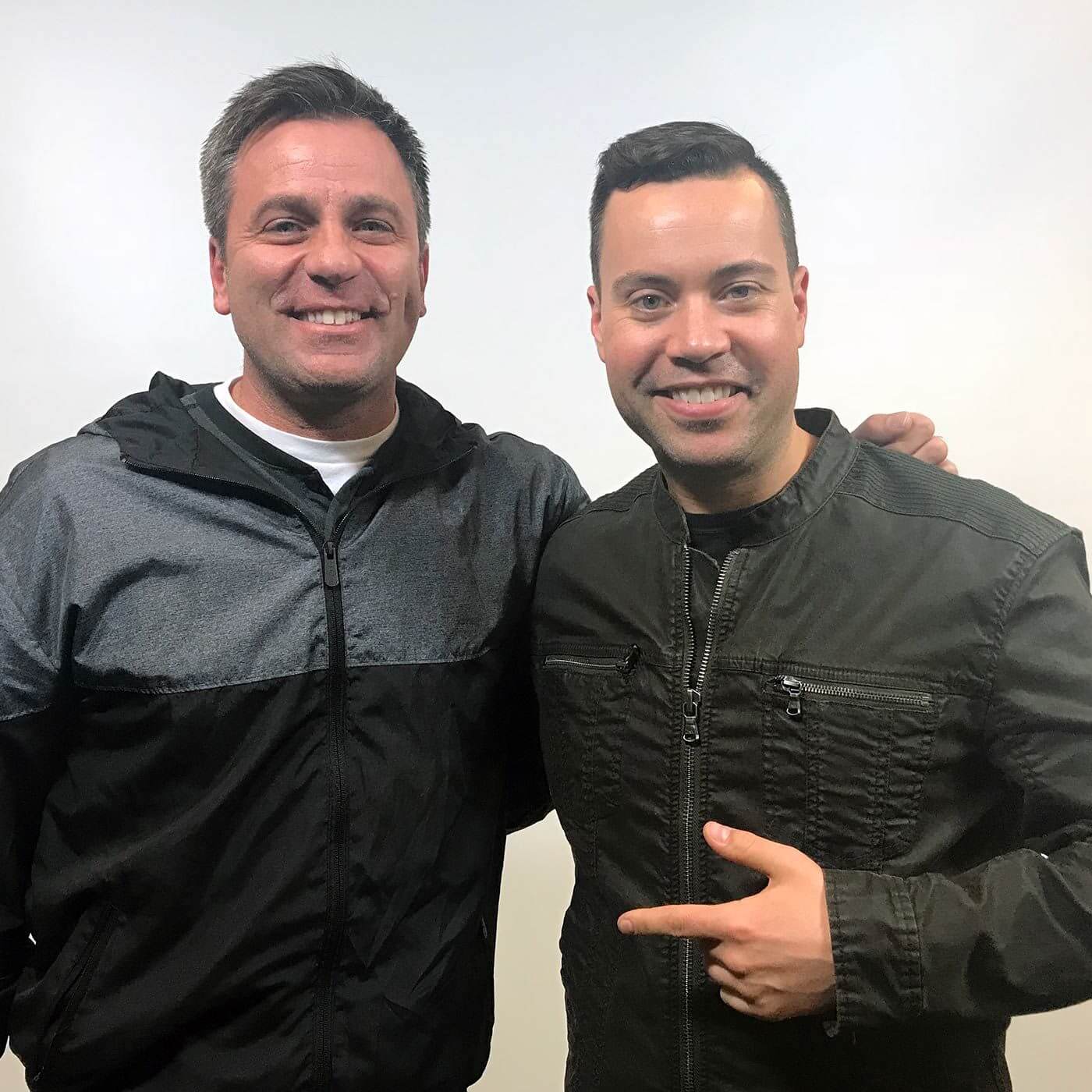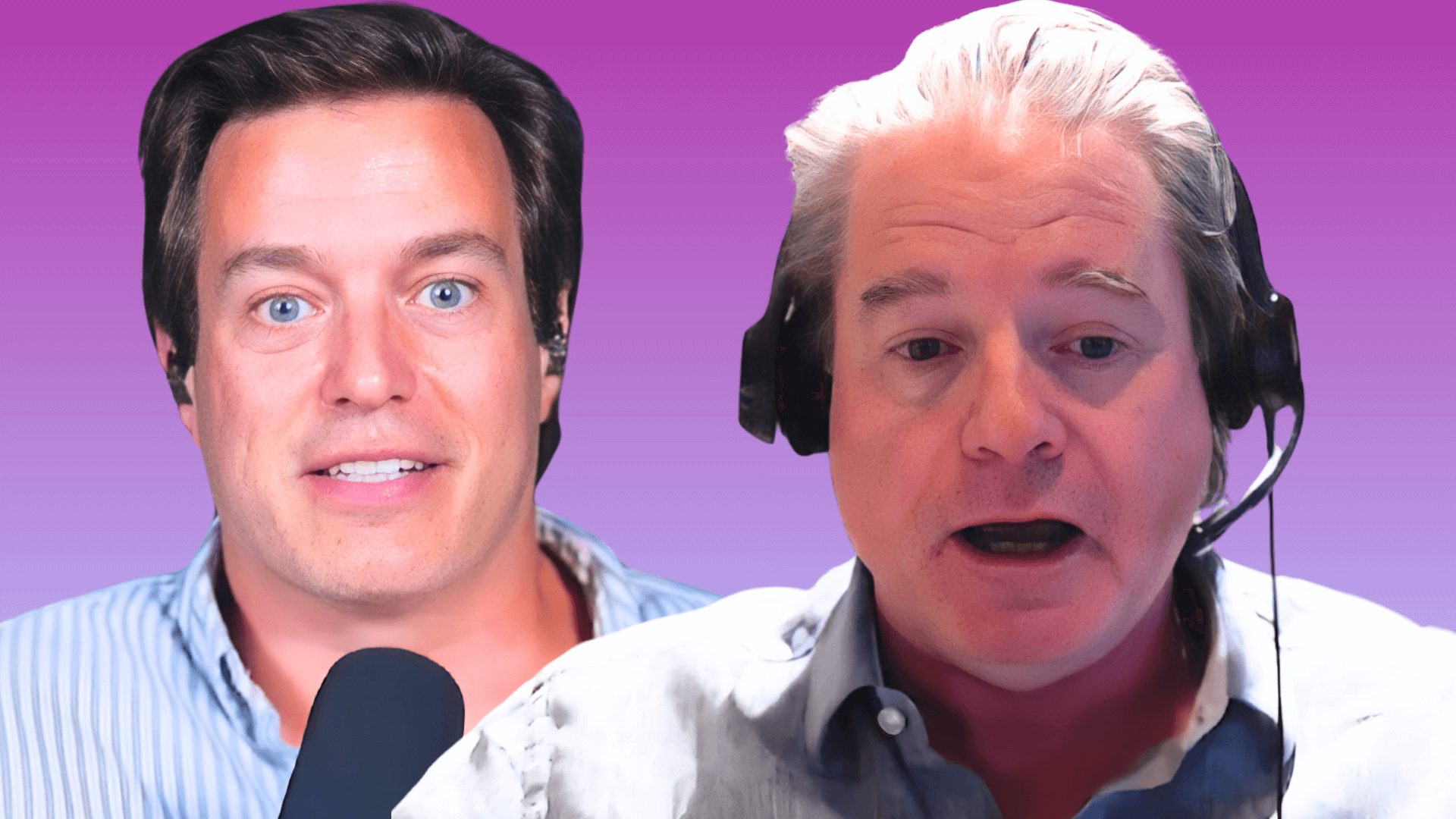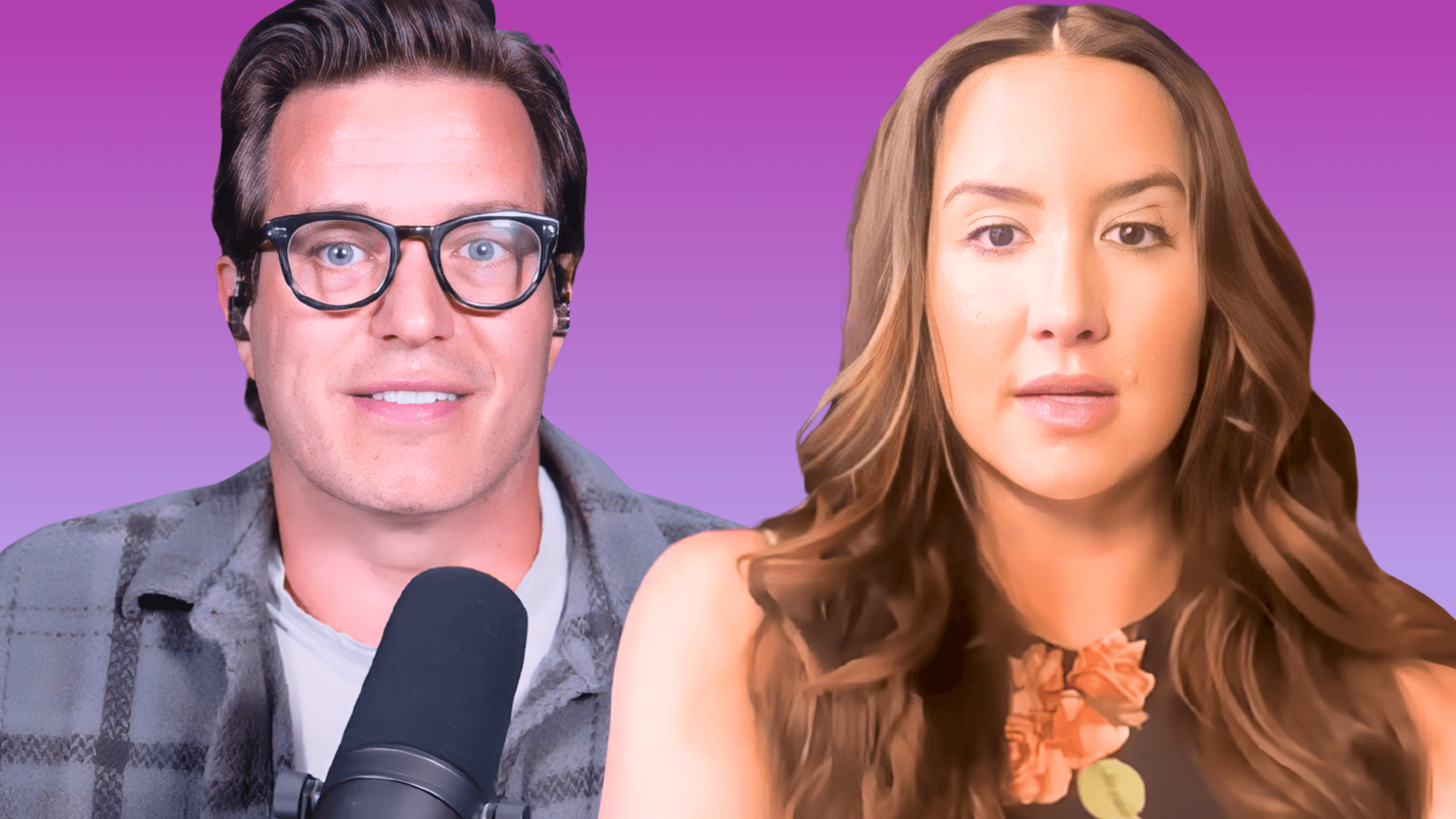John Heffron (@JohnHeffron) is a comedian who emerged victorious from the second season of NBC’s Last Comic Standing, has appeared in numerous comedy specials, and just released his latest album, The Laughs You Deserve from the ’70s, ’80s, ’90s, and Today.
The Cheat Sheet:
- Learn how John Heffron uses psychology to read a crowd in real time.
- Understand how to apply John’s comedy-honed skills when you’re speaking to a crowd or an individual.
- Discover different ways to anchor and connect various types of body language and nonverbal communication to get the desired reaction from your audience.
- Hear about charisma patterns: personality archetypes that require different energy levels and interaction.
- Find out how NLP (neuro-linguistic programming) can be used to deliver results — even if you might discount it as hokey at first.
- And so much more…
[aoc-subscribe]
(Download Episode Worksheet Here)
A successful comedian knows how to generate rapport with his or her audience in a way that seems natural and off the cuff to the casual observer. But this, like any other skill, comes with its own expenditures of time and effort that can take years to master.
Comedian John Heffron, who got his big break when he won the second season of NBC’s Last Comic Standing, had been practicing comedy for years before he got his time in the spotlight — and he’s never taken this victory as permission to put the brakes on his comedic progress since. How does John work a crowd and what can we learn from his hard work? Listen, learn, and enjoy!
More About This Show
When you’re in the audience at a comedy show, you trust that the people on stage are going to guide you through an evening of side-splitting entertainment — ideally, you want to laugh with the comedians for being hilarious by design, not at the comedians for being sweat-drenched and awkward. As Jay Mohr once told us, nobody goes to a comedy show hoping the comic will fail.
But at its core, getting on stage in front of other people to make them laugh is really just a higher-stakes version of public speaking — a prospect the majority of people might rather die than face.
Less experienced comics don’t always understand that the audience is, at heart, rooting for them, so they may seem ill at ease when hitting the stage compared to their more seasoned compatriots. Veteran comedians are better at making their craft look effortless, but this only comes from putting in the hours and learning how to serve the crowd they face. Last Comic Standing‘s season two champion John Heffron adds that different comedians have different ways of gauging and reacting to that crowd.
Comedy in Layers
From doing standup for 30 years, John likens comedy to other art forms like music or painting: it’s got layers. Some of these layers might be subtle and only discernible by repeated observation — like the low-in-the-mix bass line in a favorite song or the meaning behind a light source in a Renaissance masterpiece. A younger comic might not understand how to use these layers in their act (or even be aware they exist), so their technique only works on one level — and maybe only for one type of crowd.
With more practice, a comic learns how to better wield these layers to adapt to different crowds and different circumstances. It allows them to be more spontaneous in misgauged situations — like when the seemingly safe table of elementary school teachers starts heckling.
NLP vs. Stage Fright
Whether we’ve performed in a grade school play or presented a pitch at the office, most of us know what it’s like to have butterflies in the stomach before addressing an audience — and even someone who’s been at it as long as John experiences this.
To overcome the initial surge of stage fright that comes from hearing his name announced and enter the scene with a cool head, John uses a bit of NLP (neuro-linguistic programming) not just backstage, but throughout the day as preparation.
First, he makes a fist with his thumb at the center.
“I squeeze that thumb…any time I’m in a good mood or when I come in the house and my dogs are all excited to see me,” says John. “It’s almost like a bank account, where I’m putting positive…energy into that thumb. It’s conditioning. So before the show…I take a moment…and do that as I’m walking on stage.”
He agrees that it sounds a little hokey, but it doesn’t really matter as long as it works.
Similarly, affecting a fake smile before going onstage helps him get in the proper mindset, especially if he’s had a long day leading up to it.
An Act Less Tough to Follow
Following another act might seem less than ideal, but John sees it as an additional opportunity to read the crowd. If the comic before him stands in a particular place and speaks in a certain tone and does well, John will — for the first few seconds of his act — mimic their body language and rate of speech before easing into his natural mannerisms.
If the comic before him does poorly, however, John will stand elsewhere on stage and make sure his speech differs enough to disassociate himself from the previous comic in the audience’s overall perception.
Anchor Management
Past the introduction and throughout the body of his act, John will move to different parts of the stage depending on the material he’s doing to psychologically shape the audience’s reactions — this is known as anchoring. He’ll have one spot where he delivers tried-and-true jokes he’s done a thousand times. Another spot is for trying out new material. And still another spot is reserved for engaging in two-way communication with the audience. When he’s ready to switch gears, he simply moves to another spot.
“Anchoring with standup is so huge; everybody does it, but nobody really notices,” says John.
This technique can even be applied to gestures meant to provoke a certain response. For instance, John points out how fellow comedian Ron White is known for holding a drink onstage and taking a sip when he’s delivered a punchline so people instinctively know when to laugh.
Caution: done poorly, anchoring can come off as obviously manipulative and prompt a response directly opposite to the one intended.
Tell, Don’t Ask
Rather than coming out on stage and asking an audience some variation of the tired “How y’all doing tonight?” question, John takes the initiative by validating the crowd’s wise decision to come to the show, expressing his appreciation for that decision, and letting them know that they sound like they’re having a great time.
In this way, he genuinely guides a positive reaction from the audience. And when he tells a story, he prefaces it with the seed of an idea that makes it personal for each member of that audience.
For instance, before a bit about his own father on a childhood family trip, he might begin by saying, “Do you remember how your dad looked the night before you went on vacation? Think about that guy for a second.”
“After my shows,” says John, “I would have people come up to me going, ‘That bit you did about traveling with your dad? You described my dad perfectly!”
The Charisma Pattern
John says there are three archetypes that comprise any audience, and it’s your job as a speaker or entertainer to ensure that each is paying attention to you. There are many ways you can remember these three, but since John is from the world of comedy, he presents three archetypes you might find in a typical comedy club: people who are high on pot, people who are drunk on booze, and people who are cranked up on cocaine.
“When I’m on stage, what I try to do is move in and out of [the energy level of] those three my whole show,” says John. “Because if you stay in one too long, you lose the other two.”
THANKS, JOHN HEFFRON!
If you enjoyed this session with John Heffron, let him know by clicking on the link below and sending him a quick shout out at Twitter:
Click here to thank John Heffron at Twitter!
Resources from This Episode:
- Worksheet for this episode
- The Laughs You Deserve from the ’70s, ’80s, ’90s & Today by John Heffron
- I Come to You From the Future: Everything You’ll Need to Know Before You Know It! by John Robert Heffron and Topher Morrison
- John Heffron’s website
- John Heffron at Facebook
- John Heffron at Instagram
- John Heffron at Twitter
You’ll Also Like:
- The Art of Charm Challenge (click here or text AOC to 38470 in the US)
- The Art of Charm Bootcamps
- Elite Human Dynamics
- Best of The Art of Charm Podcast
- The Art of Charm Toolbox
- The Art of Charm Toolbox for Women
- Find out more about the team who makes The Art of Charm podcast here!
- Follow The Art of Charm on social media: Instagram | Twitter | Facebook
On your phone? Click here to write us a well-deserved iTunes review and help us outrank the riffraff!




